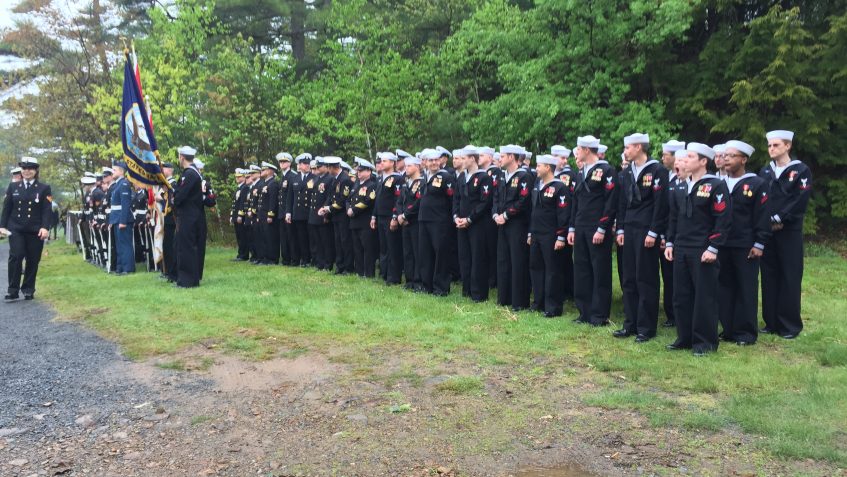Our district is blessed with many historically significant sites, including Melville Island and Deadman’s Island. Together they were originally constructed as a quarantine area with medical facilities and as a place to house prisoners of war. Melville Island is the only known site in North America that was both a prison and a medical facility for prisons of war during the early period of the French Revolutionary Wars and throughout the War of 1812. It is estimated that more than 400 people died on Melville Island and many were buried next door, on Deadman’s Island and therefore it received its name. It is known that at least 195 American prisoners from the War of 1812 died while being confined in the prison on Melville Island. There is evidence that at least some, if not all, were buried at the nearby island. During the War of 1812, Melville Island served as a military detention camp. This area is now home to the Armdale Yacht Club. During this war, prison staff kept excellent records. Their Entry Books included names of the American prisoners, details of their capture, and their cause of death. There were other people that also came to Melville Island including Spanish, French, Irish and Chesapeake Blacks. It is known that at least 104 former Chesapeake Bay Black refugees, who came to Canada from 1812 to 1815, died from small pox when they were quarantined on the island. It is believed some of these people are also buried on Deadman’s Island. Melville Island served as a quarantine centre until 1847.
Based on resident requests to protect this burial site area, Halifax Regional Municipality preserved the area and we have made the area into a public historic park. We installed benches and interpretative panels on Purcell’s Cove Road facing the Armdale Yacht Club and adjacent to Deadman’s Island. As well, after nearly 200 years, the burial grounds of American prisoners were formerly commemorated in a ceremony. The ceremony included a number of dignitaries from Canada and the United States including the United States and the Canadian Armed Forces, both of which participated in the ceremony. At the ceremony, the U.S. Department of Veteran Affairs, through their Memorial Programs Service, unveiled a significant granite monument with a bronze plaque that inscribes the names of 195 American Prisoners of War. The colour party from the USS Constitution participated in the ceremony. The Land Forces Atlantic, 78th Highlanders presented me with a flag that was once flown from the USS Constitution, the oldest commissioned warship afloat. The flag was installed in a shadow box and it is accompanied with historical information, and is on display at the main level of the Chocolate Lake Recreation Centre.
At the time of the dedication ceremony, we had a community committee that worked on establishing the park, interpretive panels and corresponded with external stakeholders such as the U.S. military. We met with various stakeholders including military personnel and the executive and membership of the Armdale Yacht Club. We applied for National Historic Site status but our application was denied. Given the historic nature and importance of this site, I requested that HRM staff work with me to reapply for this designation and provide more information for consideration.
I am pleased to announce that the Historic Sites and Monuments Board of Canada have granted our request for National Historic Site status for Melville Island and Deadman’s Island. A plaque is being designed and we will be holding a dedication ceremony sometime in the spring or summer of 2016. The date is to be announced.
Via the Halifax Citizen

